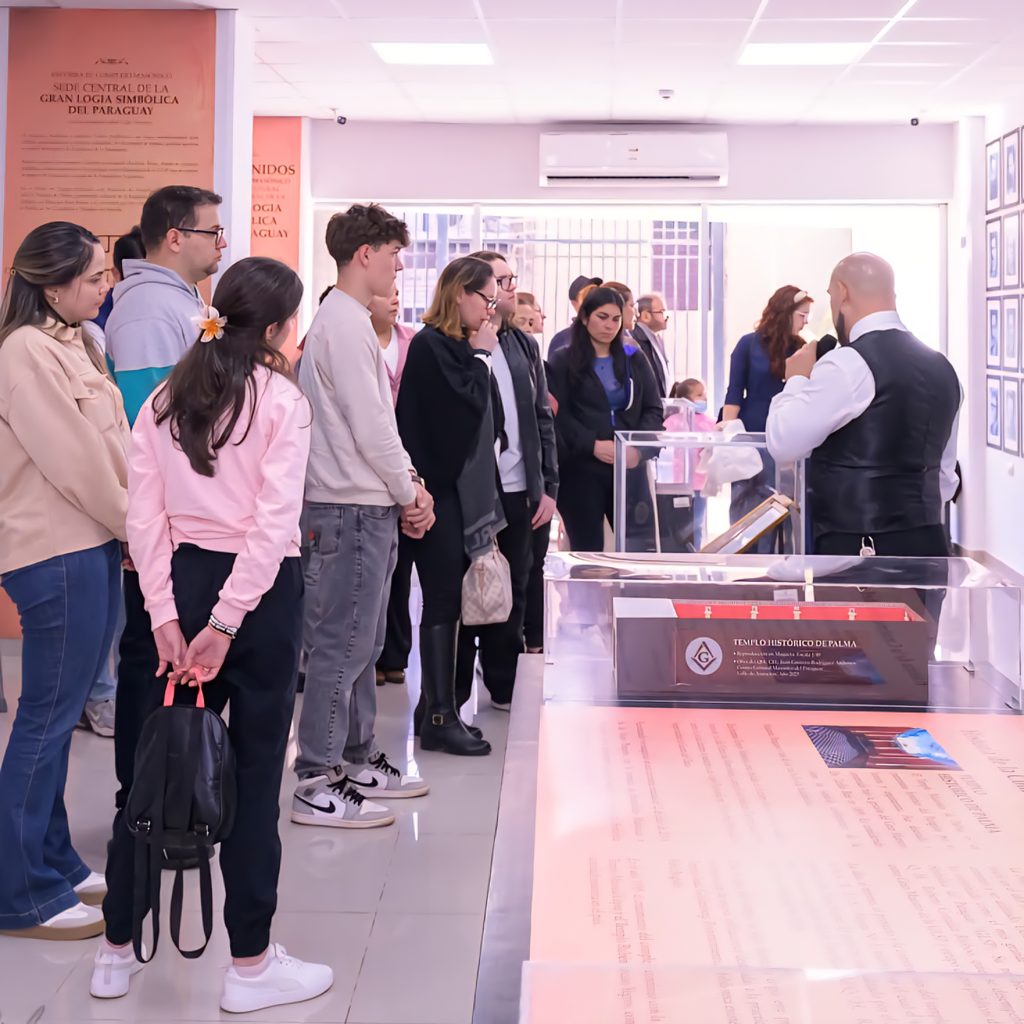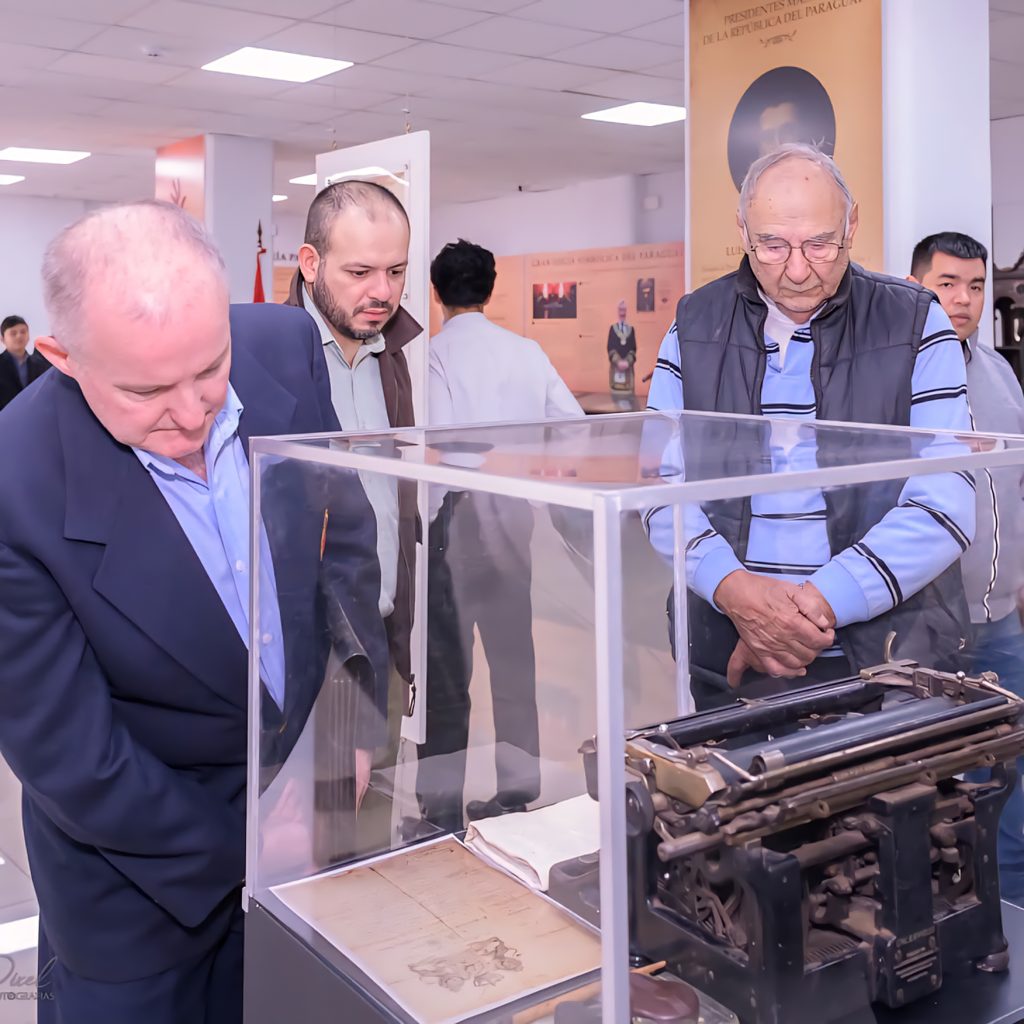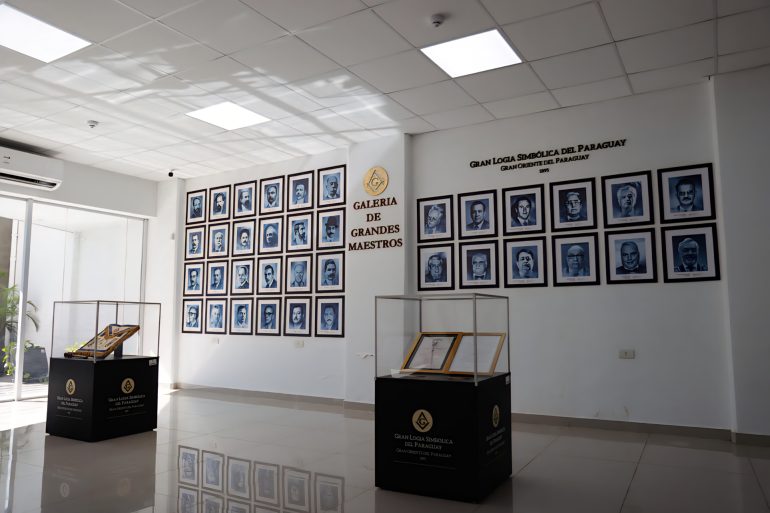A significant moment in Paraguay’s cultural narrative has occurred with the official inauguration of the Grand Symbolic Lodge of Paraguay’s Masonic Museum in Asunción. For the first time, this centuries-old institution has welcomed the general public. The museum aims to demystify its image and showcase its profound influence on the nation’s formation.
The opening day in July attracted over 500 visitors, marking a turning point in the relationship between Freemasonry and Paraguayan society. Freemasonry is a fraternal organisation, originating in the late 16th to early 17th century, that promotes moral and spiritual development through symbolic rituals and brotherhood. It operates through lodges, emphasising charity, ethical conduct, and personal growth, while often being subject to speculation, and conspiracy theories.
A previously hidden legacy now speaks
Situated within the Masonic Cultural Centre (Centro Cultural Masónico) on Azara Street, near Brasil Street, and forming part of the tourism route promoted by the National Secretariat of Tourism (SENATUR), the Masonic Museum provides an immersive experience into a symbolic world that has subtly shaped national identity.
Freemasonry arrived in Paraguay in 1869, amidst the devastation of the War of the Triple Alliance. Within these ruins the Lodge Fe was established. This Lodge became the precursor to the Grand Symbolic Lodge of Paraguay decades later. This group, guided by principles of order, fraternity, and knowledge, played a crucial role in the country’s reconstruction.
The institution is meticulously curated by museologist and engineer Humberto Rossi, the current director of the Cultural Centre. The museum displays more than 300 artefacts. These include historical documents, portraits, medals, ceremonial aprons, temple models, and foundational minutes that recount a parallel history of the nation.
Personal items belonging to historical figures such as Field Marshall José Félix Estigarribia, a hero of the Chaco War and president (1939-1940), are on display, his affiliation with the Perfecta Armonía lodge dating back to 1914. Furthermore, approximately 200,000 folios are preserved, some over 150 years old, which are accessible only to Master Masons.
From secret to discreet
Contrary to popular belief, Freemasonry is not a secret society, but rather a discreet one. Many are unaware of the crucial role this institution played in shaping the foundations of the Paraguayan republic, as highlighted by Rossi.
The Masonic Museum highlights this point by guiding visitors through ornate rooms adorned with universal symbols such as the compass, square, the Great Eye triangle, and the black and white chequered floor, representing life’s duality.
One of the most symbolic areas of the tour is the Genesis Temple, the heart of the lodge, where solar and lunar symbols accompany the central figure of the Grand Architect of the Universe. This space encourages contemplation and imparts the value of self-reflection before passing judgment on others, as Rossi emphasises.


The Masonic imprint in Paraguay
The Masonic Museum exhibition underscores the pivotal role Freemasonry has played in Paraguayan history. Between 1870 and 1940, at least 14 presidents of the Republic were Freemasons. Most of the leaders served during the country’s reconstruction phase. Notable figures with Masonic affiliation include Bernardino Caballero (president in 1880-1882) and Cecilio Báez (president in 1905-1906).
The Masonic Museum also emphasises its function as a catalyst for social and philanthropic development, including:
- Sport: The introduction of football to Paraguay in 1902 by William Paats, founder of Club Olimpia and a Mason, and the construction of the Defensores del Chaco stadium in 1917 by Enrique L. Pinho, also a member of the order.
- Philanthropy: Initiatives such as scholarships, aid to orphanages, and medical assistance during natural disasters.
- Culture: Figures like journalist and writer Helio Vera and musician Agustín Barboza were also Freemasons.
The museum also acknowledges world-renowned personalities such as Charlie Chaplin, Cantinflas, Buzz Aldrin, Benjamin Franklin, Voltaire, and Walt Disney. This diverse list underscores the universal nature of Masonic ideals of liberty, knowledge, and fraternity.
A milestone toward greater transparency
The current Grand Master of the Grand Symbolic Lodge of Paraguay, Carlos Sosa Jovellanos, has stated that the exhibits represent merely a fraction of the vast collection the order maintains, promising future public showings.
This initial step towards public access signifies a historical milestone: Freemasonry, one of the nation’s most influential yet historically reserved institutions, has chosen to illuminate its inner workings with the light of shared knowledge.
Guided tours will take place on Saturdays for pre-registered groups, with registration available via the official Grand Symbolic Lodge of Paraguay website. The museum thus initiates an unprecedented dialogue between tradition and citizenship, demonstrating that national history is not only found in books but also behind doors that remained closed for over a century.
The Masonic Museum of Paraguay is no longer a silent relic; it is an active voice in the narrative of a nation that rebuilt itself amidst symbols and secrets, and which today, finally, dares to look inwards.


